
A look at ICP–MS, ICP–OES, X-ray fluorescence spectroscopy, and laser-induced breakdown spectroscopy in the areas of research and development, marketing, application, and use of these techniques.
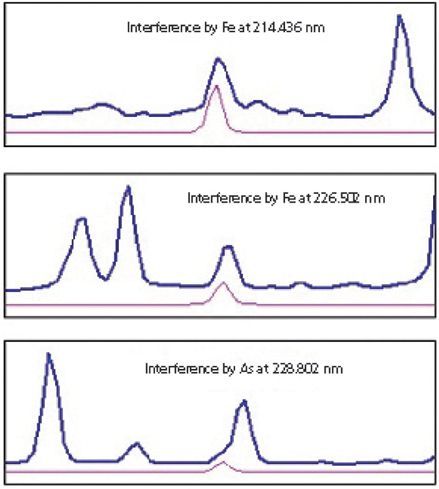

A look at ICP–MS, ICP–OES, X-ray fluorescence spectroscopy, and laser-induced breakdown spectroscopy in the areas of research and development, marketing, application, and use of these techniques.

Conventional pneumatic nebulizer-spray chamber combinations for ICP spectrometry have a sample introduction efficiency of only 1-3%. A unique electrothermal vaporization device developed by Vassili Karanassios of the University of Waterloo uses field-portable rhenium filament coils with a very small vaporization chamber and increases the sample introduction efficiency to 100%.
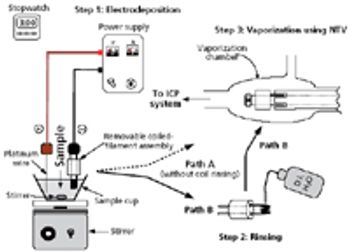
The authors have been characterizing an electrothermal, near-torch vaporization (NTV) micro- and nano-sample introduction system for inductively coupled plasma (ICP) spectrometry.

Triple-quadrupole inductively coupled plasma–mass spectrometry (ICP-MS) can operate in MS-MS mode, which offers the potential to improve the removal of spectral interferences compared to conventional quadrupole ICP-MS with a collision–reaction cell, or high-resolution ICP-MS.

Spectroscopy recently spoke with Frank A. Kero, an analytical applications specialist with Biotage, about his research with ICP-MS.
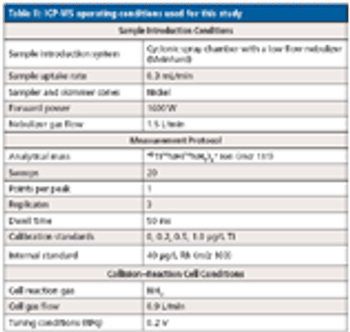
This article highlights the benefits of using ion-molecule chemistry in a quadrupole-based collision–reaction cell to determine titanium levels in the presence of problematic polyatomic spectral interferences encountered in the analysis of human blood and serum samples from patients who have undergone artificial joint replacement surgery.

Spectroscopy recently spoke with Dominic Hare, a senior research officer at the Florey Institute of Neuroscience and Mental Health in Australia, about his work using laser ablation–inductively coupled plasma–mass spectrometry (LA–ICP-MS) to study metals in the brain.
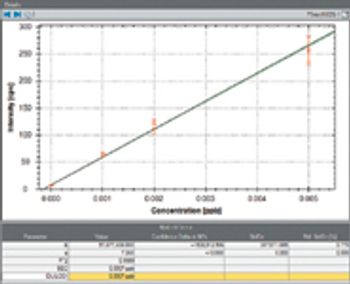
This article describes the direct measurement of trace levels of organometallic process gases in semiconductor manufacturing environments using a gas-exchange device coupled with quadrupole inductively coupled plasma–mass spectrometry (ICP-MS).
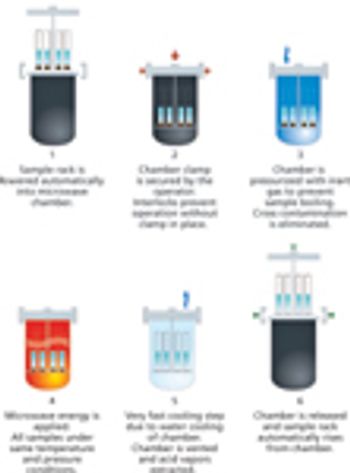
Contract analytical laboratories use a variety of instrumentation for trace-metal analysis and must take advantage of method standardization whenever there is an opportunity.

Click here to view the complete Wavelength newsletter from October 8, 2013.

Spectroscopy recently spoke with Dr. Dominic Hare, a senior research officer at the Florey Institute of Neuroscience and Mental Health in Australia, about his work using laser ablation-inductively coupled plasma-mass spectrometry (LA-ICP-MS) to study metals in the brain. His research highlights the role that iron plays in Parkinson's disease in the hopes to better understand the causes of the disease and eventually find an appropriate treatment.

Rick Russo, the winner of the 2013 Lester W. Strock Award, is known for important advances in laser ablation for use in spectrochemical analysis. In a new interview, he talks about those developments, how his career developed, and what it's like, as a research scientist, to lead a start-up company.

Spectroscopy recently spoke with Frank A. Kero, PhD, about his research with inductively coupled plasma?mass spectrometry (ICP-MS).
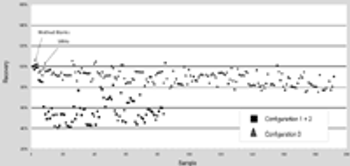
Methods and results from a study analyzing metal concentrations in urine samples using inductively coupled plasma–mass spectrometry (ICP-MS)

Wastewater from coal-fired power plants is linked to a wide range of environmental and human health concerns. Measuring low levels of toxic trace metals in these wastewaters is complicated, however, by high levels of interfering matrix elements. A new EPA method using ICP-MS addresses this analytical challenge.
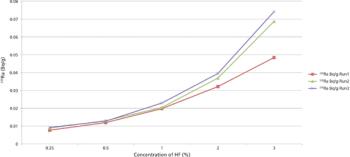
This article describes a way to measure 226Ra using inductively coupled plasma–mass spectrometry (ICP-MS) rather than the conventional method of gamma spectroscopy, taking into account an undocumented interference (207Pb19F) that is caused by the requirement to use hydrofluoric acid during sample preparation. The unusually high Pb levels observed in a number of soil samples caused significant interferences at the very low concentrations of 226Ra that were measured. The expected 208Pb18O interference was insignificant under optimized instrument conditions.
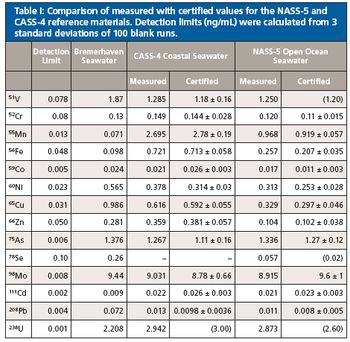
The direct analysis of seawater by inductively coupled plasma–mass spectrometry (ICP-MS) is notoriously difficult because of the high matrix content of the sample that leads to both spectroscopic (for example, polyatomic interferences) and nonspectroscopic interferences (for example, signal suppression). Additionally, the low target concentration levels demand a noncontaminating, robust sample introduction technique. The latest ICP-MS techniques provide high-throughput methods that are able to process large numbers of samples presented for analysis.

The current United States Pharmacopeia (USP) General Chapter <231> "heavy metals limit test" will be replaced by new instrumental methods, USP <232> (Limits) and <233> (Procedures), in 2013.
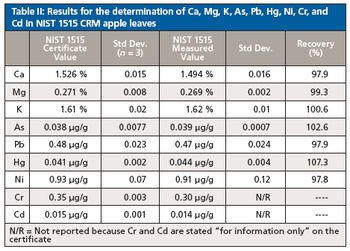
This study focuses on the use of inductively coupled plasma–mass spectrometry (ICP-MS) in Chinese laboratories for measuring toxic, essential, and nutritional elements in foods. In particular, we describe recent advances in detection systems and interference removal capabilities to provide fast and simple multielement analysis over a wide concentration range for many different types of food samples.

A tutorial on inductively coupled plasma (ICP) excitation and sample introduction systems.

Most analytical measurements performed by either inductively coupled plasma–optical emission spectrometry (ICP-OES) or ICP–mass spectrometry (MS) require accuracy and precision, which are essential for obtaining correct answers. However, all modern ICP-OES and ICP-MS instruments have the ability to perform semiquantitative analyses. This seems strange since accuracy is important, but semiquantitative analysis does have a role in analytical measurements. This article will explore why semiquantitative analysis is important and will look at various ways it can be performed and implemented.

A general MIC–ICP-MS method has been successfully developed for the assay of elemental impurities in pharmaceutical products.

The USP proposes the use of analytical techniques capable of measuring impurities at the specified limits with optimal selectivity, sensitivity, simplicity, and robustness.

Part I of this two-part article focuses on the raw materials used in pet food manufacturing and all the potential sources of contamination.

Inductively coupled plasma (ICP) spectroscopy and ICP–mass spectrometry (ICP-MS) provide an interesting set of similarities and contrasts.